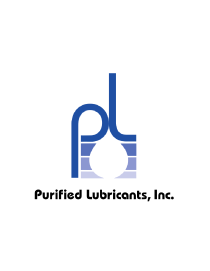Machine failures are the bane of every maintenance department. Determining their exact cause can also be rather difficult. The equipment failures discussed in this article defied quick solutions and were quite costly in manpower, material and downtime. Various resolutions were proposed and tried with little success until thoughtful analysis was undertaken. The systematic approach that was employed as well as the results that were achieved in these three examples should provide a better idea of how to analyze similar types of equipment failures in your facility.





